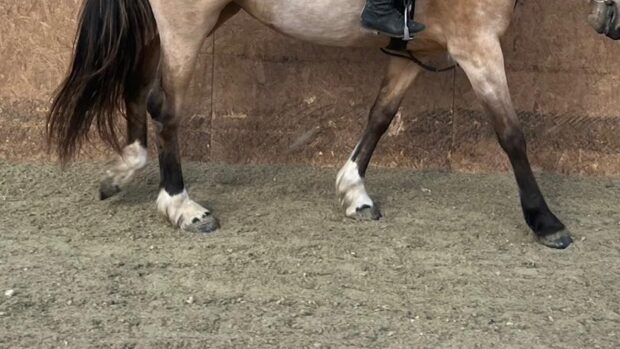A breakthrough in tendon research has taken the veterinary world a step closer to better understanding injuries.
Researchers from Queen Mary University of London and the University of Liverpool have found why tendons in older horses may be more prone to injury.
They took samples from different parts of the forelimb superficial digital flexor tendon from groups of four young horses and four older horses while conducting the study last year.
The equines used were half- to full- thoroughbreds and all had been put down for reasons other than a musculoskeletal injury.
| Related articles |
The young horses were aged between three and six years old, and the horses in the older group were between 17 and 20 years old.
Using a state-of-the-art profiling technique, the researchers identified which proteins were present in different parts of the tendon.
They discovered the specific proteins that help the tendon fibres to slide past each other, and found that these are replaced less quickly as a horse ages.
All tendons are made of subunits containing rope-like collagen surrounded by a material called the interfascicular matrix (IFM), which binds them together.
Co-author Dr Chavaunne Thorpe said they looked at the IFM — a soft and extendible material which allows the subunits to slide past each other and the whole tendon to stretch.
“We now know that the increased stiffness of the IFM with ageing is probably due to the reduction in the renewal of proteins in this region, which allows damage to accumulate,” she told H&H.
This information will now allow scientists to develop treatments for tendon injuries, which specifically target the IFM.
The study was published in the Scientific Reports journal today (4 February) and was funded by the Biotechnology and Biological Sciences Research Council.
“When a horse moves, its muscles generate a massive amount of energy that is stored and released by the tendons in their legs,” Dr Thorpe added.
“The key to the effectiveness of tendons is the ability of the fibres that they are made up of to slide across each other.
“When this ability to slide is reduced, the energy damages the tendon instead of being stored and released by it.”




